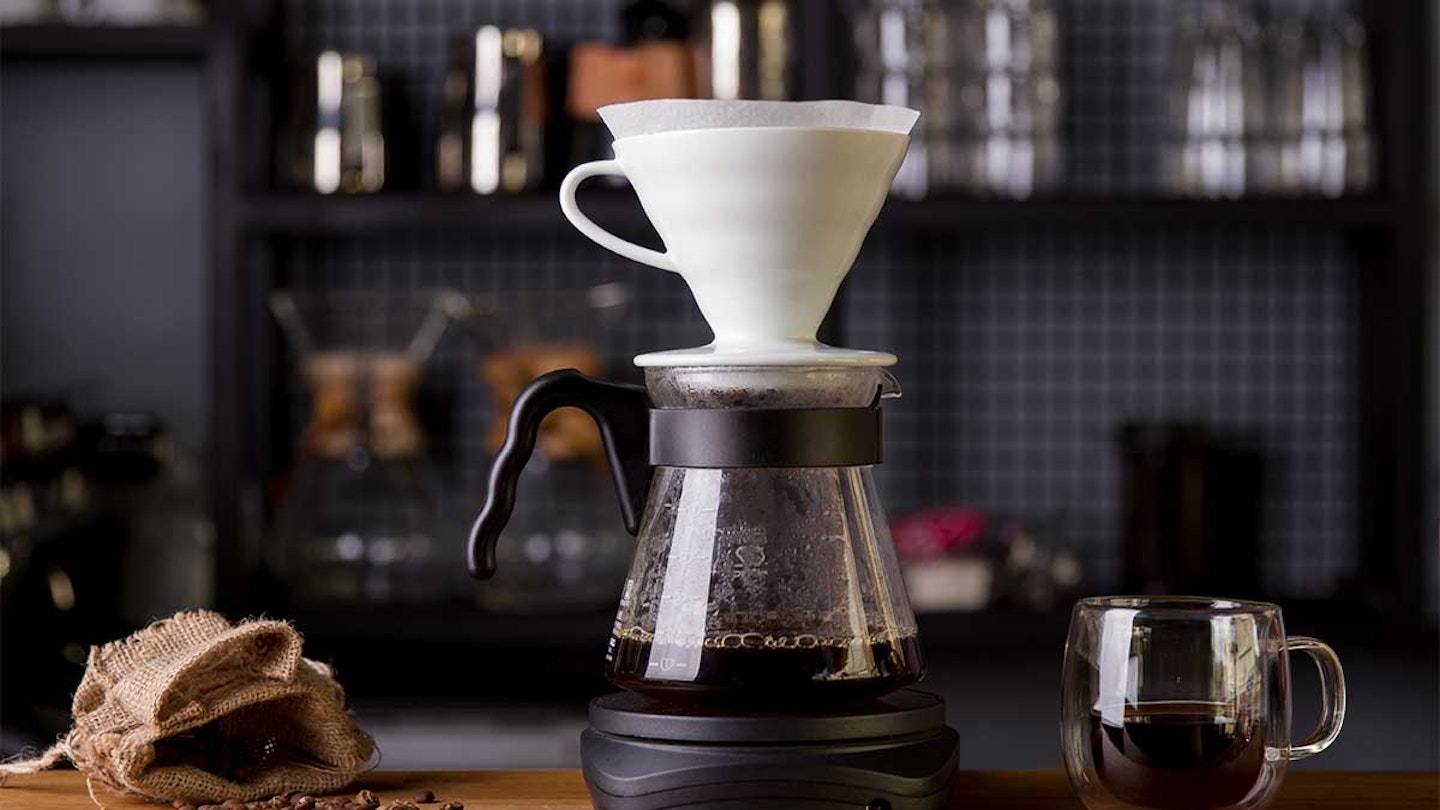Knowing how to use a cafetière to make a perfect cuppa is a must if you're a coffee lover and don't have a coffee machine. Whether you're staying in a holiday home that has a cafetière to make coffee or you're wanting to try some different methods of making coffee at your home coffee bar, we've put together an easy step-by-step guide that promises you a perfectly blended cup of coffee every time.
What is a cafetière?
A cafetière, or ‘French press’ as it’s otherwise known, is a heat-proof jug made from glass and has a strainer attached to the lid. It’s used for making coffee from coffee grounds. This is done by placing these inside the jug and topping it with hot water, before pushing the strainer to the bottom of the jug, leaving you with a perfect jug of coffee. They’re extremely easy to use and a great option when making multiple cups of coffee or if you simply prefer the taste of ground coffee.
How to use a cafetière for coffee
- Make sure your cafetière is cleaned before use. You'll need to clean it before and after each use to avoid your coffee tasting muddy.
- Boil your kettle and leave the boiled water to rest for around a minute to cool slightly so you don't burn your coffee. During this time, weigh out your coffee.
- Put your coffee into your cafetière, measuring out one tablespoon of coffee per cup you're making. For example, if you're making four cups of coffee, you'll want to add four spoons of coffee into the cafetière.
- Fill the cafetière with water from your kettle. If you're making one to two cups, fill halfway and for more cups, fill to the top. It works out at around 125ml per tablespoon of coffee. Stir with a spoon so that all the grounds are covered and submerged in the water.
- Add the lid to the cafetière but don't plunge and leave your coffee to brew for four minutes. You might want to set a timer for this. Once the time is up, slowly push the plunger down to the bottom of the jug. If you do this too fast, the coffee grounds may escape through the strainer.
- Your coffee is ready to serve and enjoy!
How to use a cafetière video
If you’re still a little unsure then give this quick tutorial by Pact Coffee a watch.
How much coffee do I need to use?
The amount of coffee you use and the size of the cafetière you need changes depending on how many cups you're making. If you're regularly making numerous cups of coffee, we'd suggest getting a 1L cafetière.
If you're just making coffee for yourself and want a few cups a day, then a 350ml cafetière would be suitable. We've popped a guide below on how much coffee you need and what size cafetière you need for each amount.
• 8 cups: 1L cafetière – 8 tablespoons of coffee grounds (50g-60g)
• 4 cups: 500ml cafetière – 4 tablespoons of coffee grounds (25g-30g)
• 2-3 cups: 350ml cafetière – 3 tablespoons of coffee grounds (20g-25g)
What are some alternatives to a cafetière?
If a cafetière isn't for you, then there are plenty of different kinds of home coffee machines on the market that are easy to use and produce a delicious cuppa in no time at all.
Bean-to-cup coffee machines – these blend down whole coffee beans to produce a fresh cup of coffee that's freshly ground without the need for a separate coffee grinder. You might also want a milk frother to make your cuppa even better, particularly if you like a foamy one.
Coffee pod machines – you've no doubt seen a huge range of coffee pods or coffee capsules in your local supermarket that you can simply pop in your machine for a tasty cuppa. These are particularly ideal if you prefer a specific kind of coffee such as a mocha or flat white as often, the milk will come in a pod too!
What are the best kinds of coffee grounds to use in a cafetière?
Shopping for coffee grounds in a supermarket or online for a coffee subscription can feel rather confusing as there are so many different kinds available to us these days from all around the world.
While the strength and flavour is entirely your choice, we would always recommend going for more coarse or medium-coarse grounds compared to fine or medium grounds for the best flavour.
Lorna White is a Senior Digital Writer at Yours.co.uk. She was previously a writer at Yours Magazine writing features and news stories before joining the digital team. Lorna loves the great British countryside and likes to spend her spare time out and about in her home of Nottinghamshire walking her dog, Pippin.

